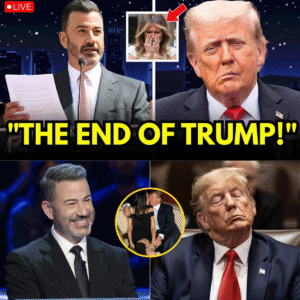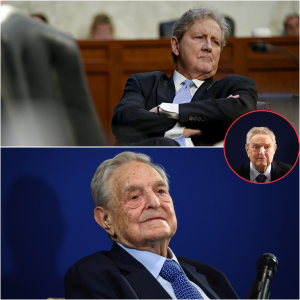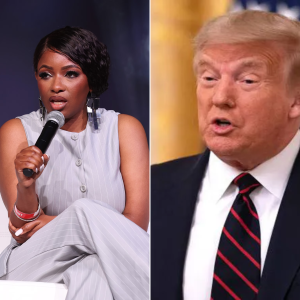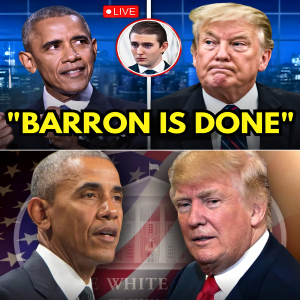Kimmel’s Viral Parody on Trump’s Marriage Sparks Debate Over Humor, Boundaries, and Late-Night Influence
A late-night monologue by Jimmy Kimmel has rapidly become one of the week’s most widely circulated comedy clips, igniting conversation about satire, political boundaries, and the evolving tone of televised humor. The segment — which included a series of jokes centered on public perceptions of the former president’s marriage — spread across social media within hours, triggering a blend of amusement, criticism, and discussion about the role late-night television now plays in shaping political narratives.
Kimmel, host of Jimmy Kimmel Live, began his performance with a line delivered in trademark deadpan fashion. Looking directly into the camera, he remarked: “Trump’s biggest ‘win’ isn’t building walls — it’s somehow keeping this marriage from crumbling faster than his poll numbers.” The audience responded with a burst of laughter, signaling early that the monologue would lean heavily on exaggerated humor and pointed commentary.
The segment went on to address a range of cultural references that have surrounded the former first couple in recent years — from stiff White House photographs to viral online memes. Kimmel framed these elements not as factual disclosures but as material reflecting the public imagination, often shaped as much by satire and internet culture as by any official narrative. His commentary, while cutting, remained rooted in the conventions of late-night parody: a blend of exaggeration, comedic inference, and cultural observation.

What propelled the clip even further, however, was a fictionalized anecdote presented as part of the comedic bit. Kimmel referenced unnamed “Mar-a-Lago insiders” — a humorous flourish common in late-night scripts — who supposedly claimed that Trump had been watching the broadcast live and reacted with dramatic anger. According to this fictional account, Trump was described as pacing, yelling at the screen, and threatening vague forms of retaliation against television networks. The description, constructed deliberately as parody, nonetheless became one of the most replayed portions of the segment online.
As the clip gained momentum across platforms like YouTube, TikTok, and X, it also resurfaced an ongoing national discussion: How far should late-night hosts go when humor intersects with personal aspects of public figures’ lives? Critics of the segment argued that marriage, even for political figures, is a sensitive topic and should be approached with restraint. Supporters countered that parody—particularly when exaggerated and framed as satire—is a longstanding American tradition and protected cultural space for commentary, especially when directed at individuals who wield immense influence.
Media analysts noted that late-night shows have increasingly become venues for political expression, sometimes occupying a role that borders on informal editorializing. The rise of social media has only amplified that shift, allowing segments originally intended for an in-studio audience to reach millions and spark reactions far beyond the show’s traditional viewership. What once existed primarily as entertainment now becomes part of the broader national dialogue within hours of airing.
Several experts also pointed out that the speed with which such content spreads can blur distinctions for viewers who may not always recognize the boundaries between satire and reporting. While the monologue included clear markers of parody, its virality on platforms that favor sensational framing created opportunities for misunderstanding — a dynamic that has become increasingly common in the modern media environment.
By midweek, the clip had drawn millions of views and thousands of comments, many describing it as one of Kimmel’s most incisive comedic performances of the year. Others questioned whether personal relationships should remain off-limits, even in the realm of parody. The debate highlighted a broader tension in American culture: the desire for sharp, unfiltered humor on the one hand, and a growing sensitivity toward the personal aspects of public figures on the other.
Despite the controversy, the episode also reinforced late-night television’s enduring cultural influence. At a moment when traditional news consumption continues to fragment, comedic monologues now serve as both entertainment and commentary for a wide segment of the population. Whether celebrated or criticized, Kimmel’s segment demonstrated the unique power of satire to provoke conversation, challenge perceptions, and reflect the country’s divided — and often humorous — relationship with political life.
In the end, the viral moment underscored not just the appetite for political parody, but the complexities of humor in an era when jokes can reverberate far beyond the studio walls. As long as late-night television continues to blend personality, politics, and performance, segments like Kimmel’s will remain central to America’s cultural and comedic landscape.





